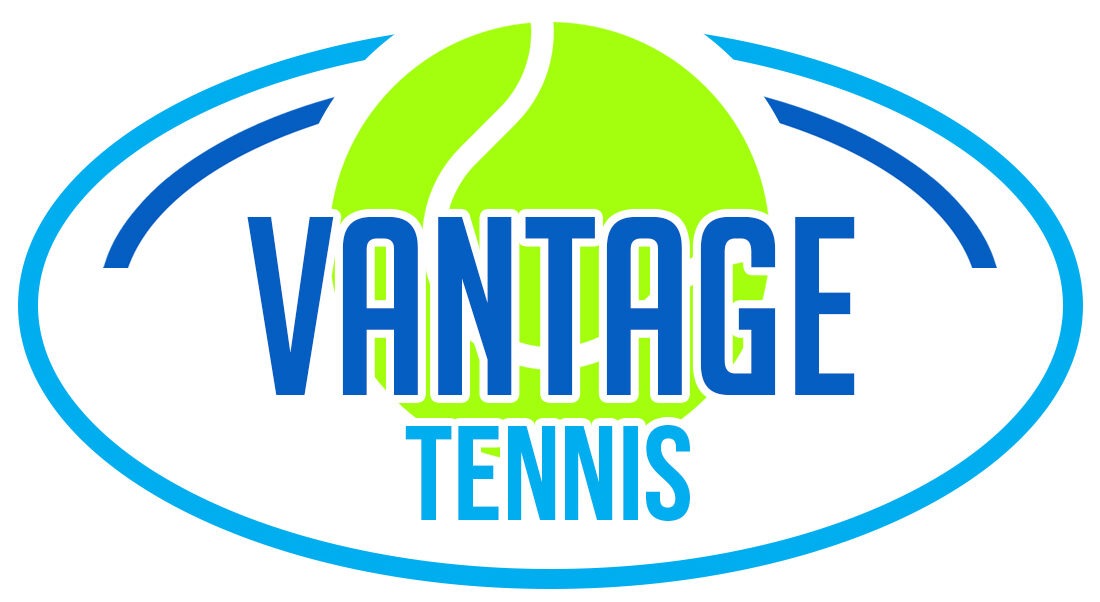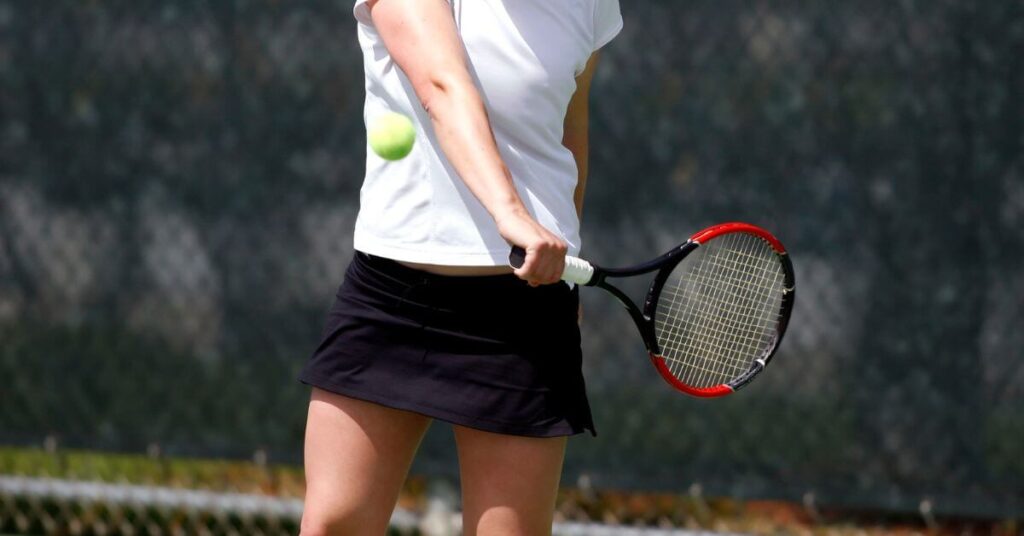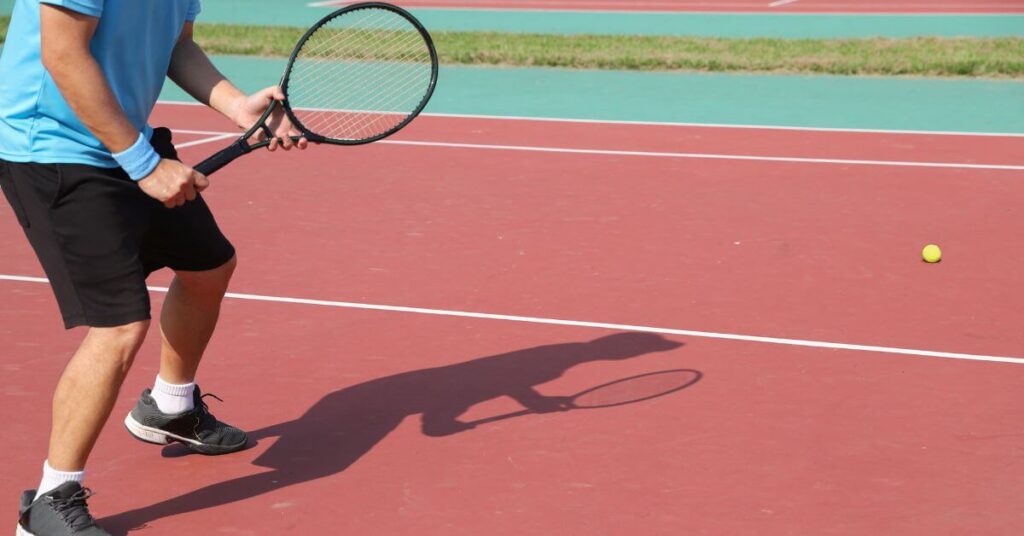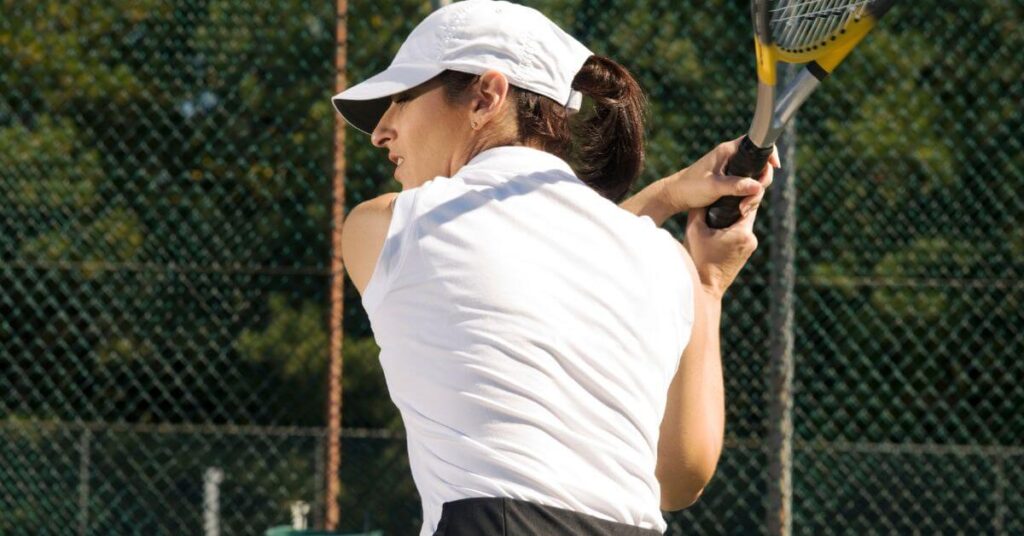When I first picked up a tennis racket, I’ll admit I was a little overwhelmed. Footwork, strokes, scoring — it was all brand new. But what really helped me find my footing were tennis drills for beginners. These drills turned my clumsy rallies into confident swings and taught me how to move, hit, and react like someone who actually knew what they were doing. If you’re just getting started, I can assure you that the right drills make all the difference.
In this post, I’ll share the best tennis drills for beginners that I used when I was starting out. They’re simple, effective, and fun — and most importantly, they work. Whether you’re training solo, with a partner, or taking lessons, these drills will help you build a strong foundation. Let’s get started.
Table of Contents for Tennis Drills for Beginners
Why Tennis Drills Matter When You’re Just Starting
Before diving into the actual drills, let’s talk about why tennis drills for beginners are so important. When you’re new to the game, every skill is unfamiliar. Your muscles aren’t trained, your timing is off, and you probably have no idea how to anticipate the ball. Drills give you a structure to learn all of this — and more.
I learned early on that just hitting balls randomly doesn’t work. I needed structure. And that’s where tennis drills for beginners came in. They focused on the fundamentals: footwork, balance, control, and technique.
Doing them regularly helped me stop chasing balls and start placing them with intention. I even started sharing a few easy tennis drills for beginners with friends who were picking up the sport too — and they saw the difference quickly.
5 Foundational Tennis Drills for Beginners
These are the drills I wish someone had shown me on day one. I’ve used them with coaches, practice partners, and even when practising alone. If you commit to doing them regularly, you’ll see huge improvements in your game.
1. Shadow Swings
This one might feel silly at first — I definitely felt awkward swinging at nothing. But shadow swings are one of the best tennis drills for beginners. They let you focus purely on your technique without worrying about hitting a ball.
How to do it:
- Stand on the baseline.
- Pretend a ball is coming toward you.
- Execute forehand and backhand swings with proper form.
- Repeat 10 times each side.
Doing shadow swings helped me groove my strokes and work on muscle memory. I still do them today, especially before a match.
2. Drop and Hit
When I struggled to time my shots, my coach had me do this next drill. It’s one of the simplest yet most effective tennis drills for beginners, especially for learning hand-eye coordination and racquet control.
How to do it:
- Drop the ball with your non-dominant hand.
- Let it bounce once.
- Hit a forehand or backhand into the opposite service box.
This drill taught me to time the ball properly and hit it cleanly. You can practice it anywhere, even in your driveway! It’s a perfect way to start practicing tennis drills that build rhythm and form.
3. Target Practice
Once I had basic control, I needed to improve my accuracy. Target practice quickly became one of my favorite easy tennis drills. It made hitting corners and deep balls fun and competitive.
How to do it:
- Place cones or objects in different areas of the court.
- Try to hit them using forehands, backhands, or serves.
- Keep score to make it a challenge.
You can do this with a partner or alone using ball baskets. It trained me to hit with purpose, not just power.
4. Mini Tennis
Playing close to the net helped me improve my control — and it was great fun. Mini tennis is a brilliant option among tennis drills for beginners to work on touch and short strokes.
How to do it:
- Stand inside the service boxes.
- Rally with a partner using short swings.
- Focus on placement, not power.
This is also one of the best tennis drills for kids as it builds confidence and teaches them to hit accurately without overwhelming them.
5. Split Step and Recover
This movement-based drill is crucial if you want to improve your footwork. I used to feel heavy on my feet until I incorporated this into my routine. It’s now one of my go-to tennis drills.
How to do it:
- Start in the centre of the baseline.
- Do a split step as your partner hits.
- Move quickly to where the ball would go, then recover.
This is also one of the drills for beginners training I return to often when my footwork feels a little off.
Drills to Build Confidence and Consistency
Once you’ve got a feel for the basic shots, the next step is developing consistency. These tennis drills are designed to help you keep the ball in play, build rhythm, and boost your confidence.
Rally for Ten
This was one of the first rally games I played with a partner. The goal is to keep the ball going, no matter how soft or slow.
How to do it:
- Start a gentle rally with a partner.
- Your goal is 10 consecutive shots without an error.
- Increase the number as you get better.
It’s one of the most useful beginner tennis drills because it’s pressure-free and lets you focus on rhythm. I still remember the first time we hit 20 shots — it felt like winning a tournament!
This is one of the tennis drills that can improve your consistency and confidence quickly, especially if you practice it often.
Cross-Court Control
Cross-court rallies help you learn angles and reduce net risk. When I first tried this, I realised how important it was to control direction, not just hit hard.
How to do it:
- Rally cross-court with your partner, forehands or backhands only.
- Stay within the singles lines.
- Try for 10 shots in a row.
This drill helped me sharpen my aim and understand court geometry — a big part of mastering tennis drills.
Tennis Drills You Can Do Alone
I don’t always have a partner, and I’m guessing you might not either. Fortunately, there are great tennis drills for beginners that you can do solo. These helped me stay motivated when I had to practice on my own.
Wall Rally
The wall became my best training partner for a while. It never misses and forces you to stay consistent.
How to do it:
- Find a flat wall (tennis court walls or garage doors work great).
- Hit forehands or backhands and aim to keep the rally going.
- Focus on rhythm and technique.
Wall drills are some of the most underrated tennis drills, but they’re incredibly effective. I loved working on stance wall volleys forehand exercises here too — it helped me with balance and preparation.
Serve and Catch
Learning how to serve can be daunting, but this drill makes it manageable. It was one of the first serving exercises I tried.
How to do it:
- Serve the ball from the baseline.
- After it bounces, catch it yourself.
- Focus on aiming into the service box.
Even without a partner, you can improve your serve placement and motion. Trust me, mastering this is a game-changer. It’s one of the best tennis drills to do if you only have a few minutes and a ball.
If you’re teaching younger players, this also ranks among great kids tennis drills that teach control in a fun, low-pressure way.
Tips for Getting the Most Out of Your Drills
I learned through trial and error, so here are a few things that really helped me stay on track:
- Be patient. Improvement doesn’t happen overnight. Stick with your tennis drill routine even when progress feels slow.
- Focus on form. It’s better to do a drill slowly and correctly than quickly and sloppily.
- Track your progress. I kept a notebook of drills, scores, and goals. It kept me motivated and showed how far I’d come.
- Mix it up. Rotate between different tennis drills so your practice stays fun and effective.
More about Tennis Drills for Beginners
What Are the Four Basic Skills in Tennis?
When I first started learning tennis, I remember feeling totally overwhelmed — there was so much to think about! But once I understood the four basic skills, everything started to fall into place. For me, the essentials are:
- Forehand – It’s usually the first shot beginners get comfortable with. I practiced mine endlessly, especially those that focused on control and follow-through.
- Backhand – Trickier than the forehand, but once I figured out the grip and footwork, it felt much more natural.
- Serve – This was the skill that made me feel like a real tennis player. The motion took a while to master, but it was so satisfying once I did.
- Volley – Playing at the net scared me at first, but it’s such a vital part of the game, especially during doubles.
I found that focusing on these four basics through consistent tennis drills laid the groundwork for everything else. Trust me — once you start getting the hang of these, the rest starts to click.
How to Improve Tennis Skills Quickly?
Honestly, when I was starting out, I was eager to get good fast. I watched tutorials, hit with friends, and spent way too much time at the local court — but what really made the difference was doing the right tennis drills for beginners.
Instead of just rallying aimlessly, I started working on specific things: footwork drills, target practice, shadow swings. I set goals for each session and tracked my progress. It wasn’t about playing hard, but practising smart.
Another thing? Watching myself on video. I know, it feels awkward at first — but seeing my movements helped me understand what needed fixing. Pair that with focused beginner tennis drills, and you’ll notice improvement faster than you think.
How Can I Practice Tennis by Myself?
I’ll be honest — I don’t always have a hitting partner. But that never stopped me. Some of my best training sessions have been solo, especially when I was really focused. The key? Structured tennis drills designed for solo practice.
Here’s what I do when I’m practising alone:
- Wall rallies – The wall became my best practice buddy. It’s always available and forces you to react quickly.
- Serve practice – I grab a basket of balls and work on placement, consistency, and rhythm.
- Shadow strokes – I use a mirror or just my reflection in a window to fine-tune my form.
- Footwork ladders or cones – Movement matters just as much as hitting, and this really improved my court coverage.
Using these solo-friendly tennis drills, I was able to build consistency and confidence without needing a partner. Perfect for when I was just starting out — and still useful today.
What Is the Hardest Skill in Tennis?
Without a doubt, serving was the hardest for me. I remember missing every single serve during my first match — it was frustrating and kind of embarrassing. The timing, the toss, the coordination — it felt like a magic trick I couldn’t master.
But instead of giving up, I broke it down with focused tennis drills for beginners that specifically targeted my serve mechanics. I practised tosses until they were second nature, slowed everything down, and gradually built up my motion.
Another tough skill? Footwork. Tennis isn’t just about swinging — it’s about getting to the ball on time. That’s something I didn’t realise at first. But once I incorporated movement drills into my practice, everything started to improve.
So yes, tennis is tough. But with dedication, patience, and the right easy tennis drills, you can definitely tackle even the hardest skills.
We Tested 6 Tennis Drills With The Wall to Improve Your Game!
Final Thoughts
Looking back, I’m so grateful I started with tennis drills for beginners. They gave me the confidence to step onto the court, the structure to improve, and the joy of seeing real progress. Whether you’re just picking up a racket or coming back after a break, these drills are where your tennis journey begins.
If you stick with these tennis drill exercises you’ll build a strong foundation for your game. I still use many of them to warm up or fine-tune my shots. The best part? You don’t need fancy equipment or a coach — just a little dedication and a love for the game.
Now it’s your turn. Grab your racket, hit the court, and try out these tennis drills for a beginner. You’ll be amazed at how quickly you improve. And who knows — maybe one day, you’ll be the one teaching someone else how to get started.
Pin this!
Related Reading for Tennis Drills for Beginners
- Want Better Tennis Footwork? Here’s Your Complete Guide to Moving Like a Pro
- 5 Effective Home Tennis Training: How to Start Playing Tennis From Home
- 10 Ultimate Tennis Warm Up Exercises for Tennis Players
- Tennis Volleys for Beginners: Mastering the Net Game with 4 Easy Tips
- Top 5 Tennis Drills To Improve Your Forehand Fast
- Tennis Techniques and Skills: Mastering the Basics
- How to Serve in Tennis: Master the Perfect Technique in 6 Steps









